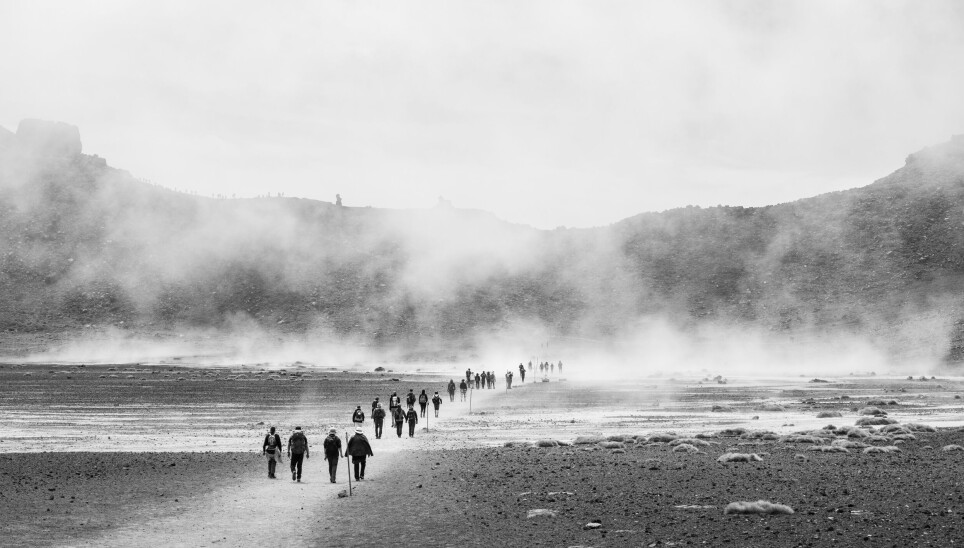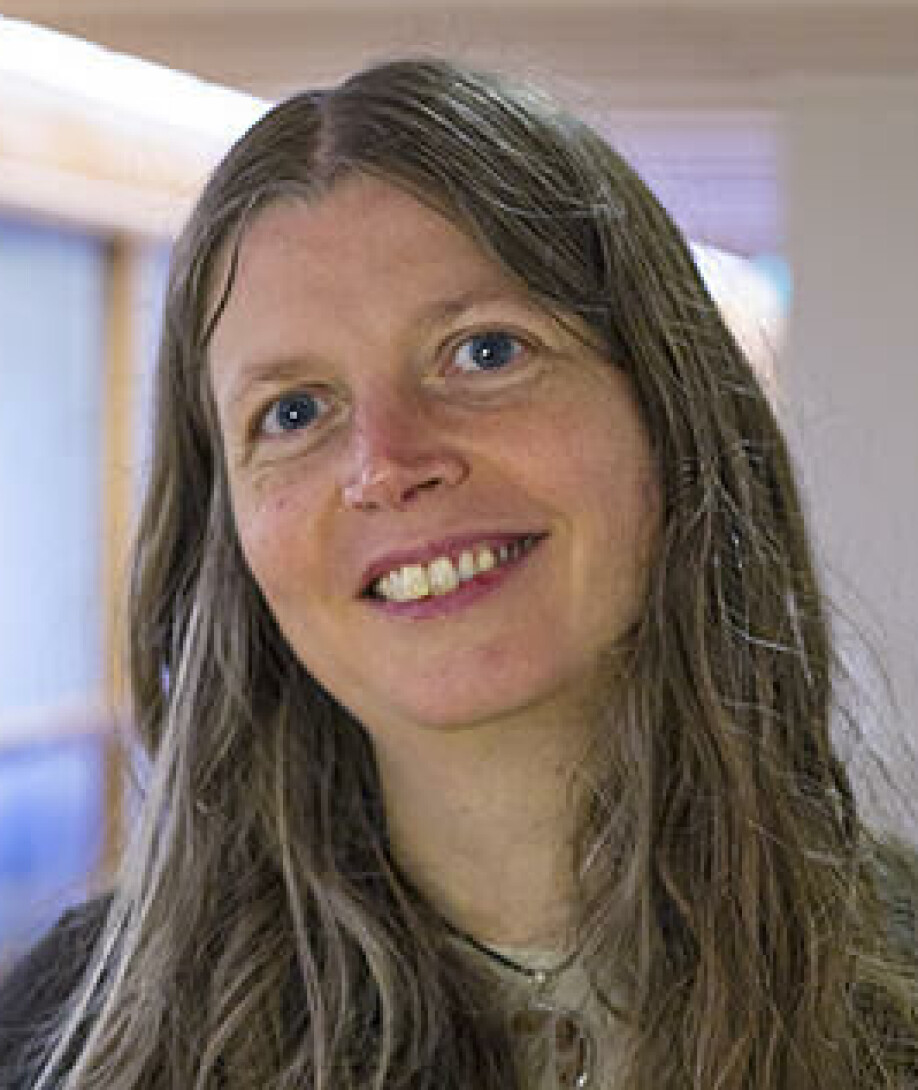THIS ARTICLE/PRESS RELEASE IS PAID FOR AND PRESENTED BY The Centre for Advanced Study (CAS) - read more

Dissecting the current debates on prehistoric migration
New technology that enables DNA analysis of ancient material has sparked new discussions about prehistoric migration. Researchers at the Centre for Advanced Study (CAS) aim to dissect the current debates and to improve the interdisciplinary collaboration between archaeologists and natural scientists.
The ability to sequence the DNA of prehistoric humans and animals has opened new perspectives on prehistoric social change and migration. Archaeogenetics, the study of the past using the techniques of molecular genetics, offers a novel view on prehistoric people that gives us insights into biological relatedness and allows us to trace different lineages through time.
Many archaeologists have objected to the way in which ancient DNA (aDNA) data has been interpreted as a direct reflection of ‘identity’ and have criticised the lack of interdisciplinarity in the current debate on prehistoric migration, which they see as dominated by the biological perspective.

“We aim to critically engage with the current debates on prehistoric migration in Europe,” said Martin Furholt, professor of archaeology at Kiel University. “In order for the use of biology in archaeology to be fruitful, the interdisciplinary collaboration between archaeologists and geneticists needs to be intensified and improved.”
During the 2021/2022 academic year, Martin Furholt and Daniela Hofmann, professor of archaeology at the University of Bergen (UiB), are leading the CAS project Exploring the Archaeological Migration Narrative: The Introduction of Farming and Animal Husbandry in Southern Norway.
The project aims to dissect the current debates on prehistoric migration in Europe to bring the dominant archaeogenetic migration narrative up to date with the archaeological and anthropological discourse on human mobility, identities and social change.
Narratives and the need for interdisciplinary collaborations
Due to the emergence of archaeogenetics, migration has become one of the most prominent topics in European archaeology. Migration has also been thoroughly debated in the field of archaeology, partly as a result of this new data.
“Studies of migration have many dimensions that are very interesting for archaeologists,” Furholt said. “When you talk about migration, you also have to talk about social organisation, who is migrating, social group structure and cultural traditions.”
“How to understand migration and social groups has been an important debate in archaeology,” Hofmann said. “In the early 1900s populations were seen in connection to nation states and as big, closed homogenous groups. This was a political construct, and after a long discussion this view was finally left behind to an extent.”
The current debate on prehistoric migration and the prominent archaeogenetic narrative seem to return to the outdated idea that genetic patterns and social identity are the same thing, the scholars said.

“The archaeogenetic migration narrative is a macro-level narrative which sees migration uniformly and stereotypically as a collective mass movement,” Hofmann said. “This perspective is similar to the narrative in the early 1900s.”
With the aim to improve our understanding of human movements in prehistory, the project will identify and resolve misunderstandings between geneticists and archaeologists in the analysis of prehistoric human groups and in the modelling of migration processes based on aDNA data and archaeological materials. The aim is to test other, different scenarios of movement patterns.
“We need to find a way for archaeologists and geneticists to talk together about these issues, because we have different starting points,” Hofmann said.
Migration in prehistoric times in Southern Norway
“We can see a lot of movements of people throughout prehistory,” Furholt said. “In addition, there are some particularly distinct periods of especially high mobility rates. The first is the early Neolithic period from 6500 BCE when farming came to Europe. The second period with an upsurge in migration in Europe happened from 3000 BCE and can be connected to movements in Eastern Europe, whereby pastoral societies played an important role.”
“These two kinds of movements reached Norway at about the same time in the third millennium BCE,” Hofmann said. “While there was some experimentation before, larger-scale farming is finally established at this time.”
The project will study whether migration can be connected to the introduction of these new ways of life, and look specifically at Southern Norway.
“Southern Norway was an area which did not really need farming, since fishing, hunting wild animals and gathering wild plants was quite productive here,” Furholt said. “Nor did they have good conditions to do effective farming. Still, people took up farming. This makes it an interesting area to study.”
“When farming and other new ideas were introduced in Norway, it affected different parts of society, and adjustments needed to be made,” Hofmann said. “It is interesting to study what was brought in by migrants and what changes were chosen by the population already living in the area.”
The role of migration remains controversial, and the project hopes to shed new light on this question.
Interdisciplinary approach
The two project leaders were discussing a research idea on a flight when they decided to apply to CAS. This autumn, they arrived at the Centre with their interdisciplinary project group.
The group consists of archaeologists and geneticists who will work together for one year at CAS. Some participants are present in person at the Centre, while others participate digitally in weekly discussion and reading groups.
“Our main interest is to find out more about how society and migration in prehistoric times actually was,” Furholt said. “To do so, insights from both natural sciences and archaeology matter.”
“It is dangerous when some people seem to think that biological data are objective facts and 'better' than archaeological interpretations,” Furholt said. “Even biological data is socially constructed because someone has defined the categories and whether to look at something and not something else.”
“CAS represents an excellent opportunity to engage more deeply with the current debates on prehistoric migration and for archaeologists and geneticists to work together,” Hofmann said. “For archaeologists it can be difficult to understand natural scientists, and vice versa. At the Centre we have the time to work together across disciplines and make sure we understand each other.”
See more content from The Centre for Advanced Study:
-
Electrons, laser pulses and the properties of matter
-
Politics, law and society in the High Middle Ages
-
Which parts of language are universal and present in signed and spoken languages, and which depend on the channel of communication?
-
Mother-to-child microbial transmission: important for human health and challenged by modern lifestyle
-
What is the role of morality, democracy and experts in policymaking?
-
Understanding mathematical motives





































